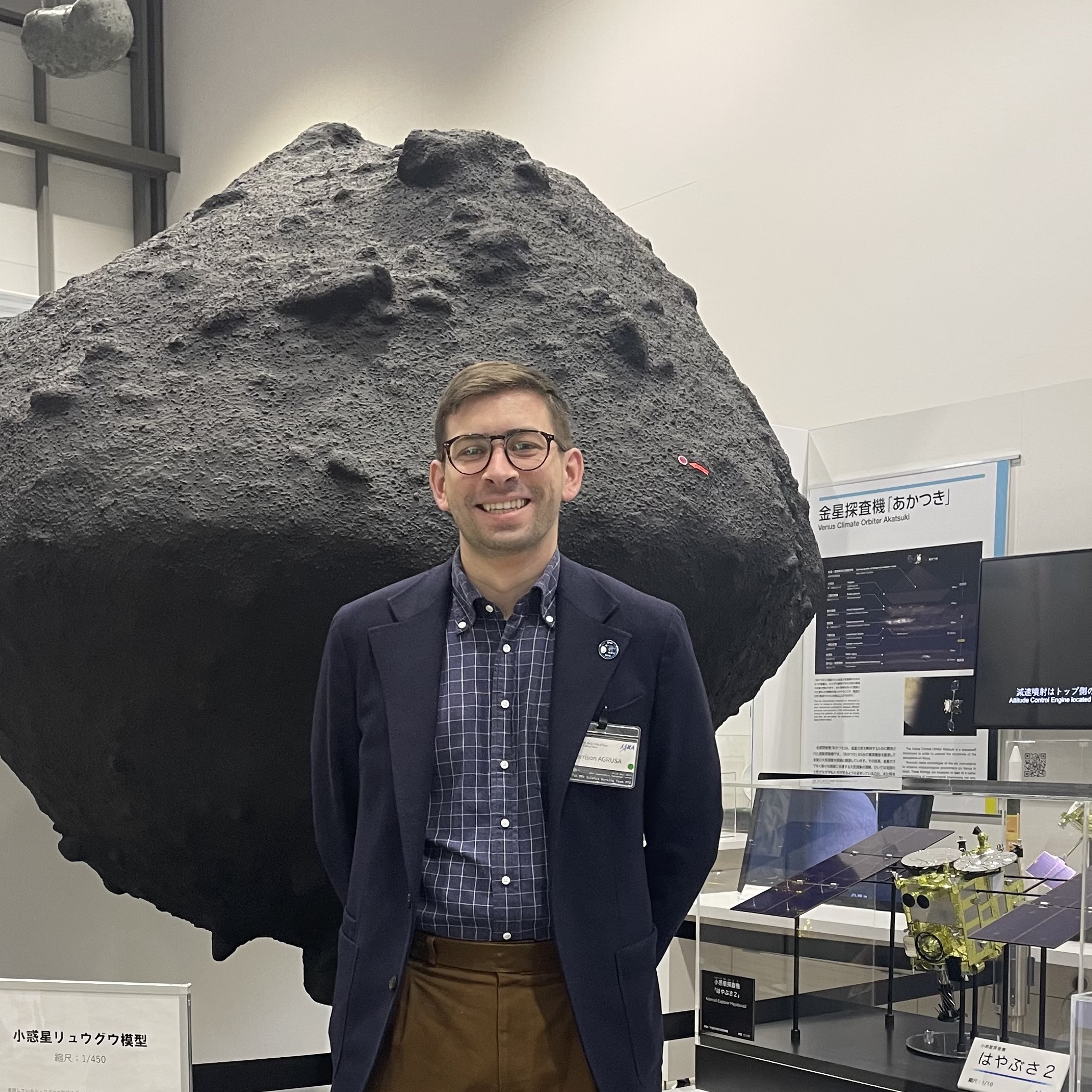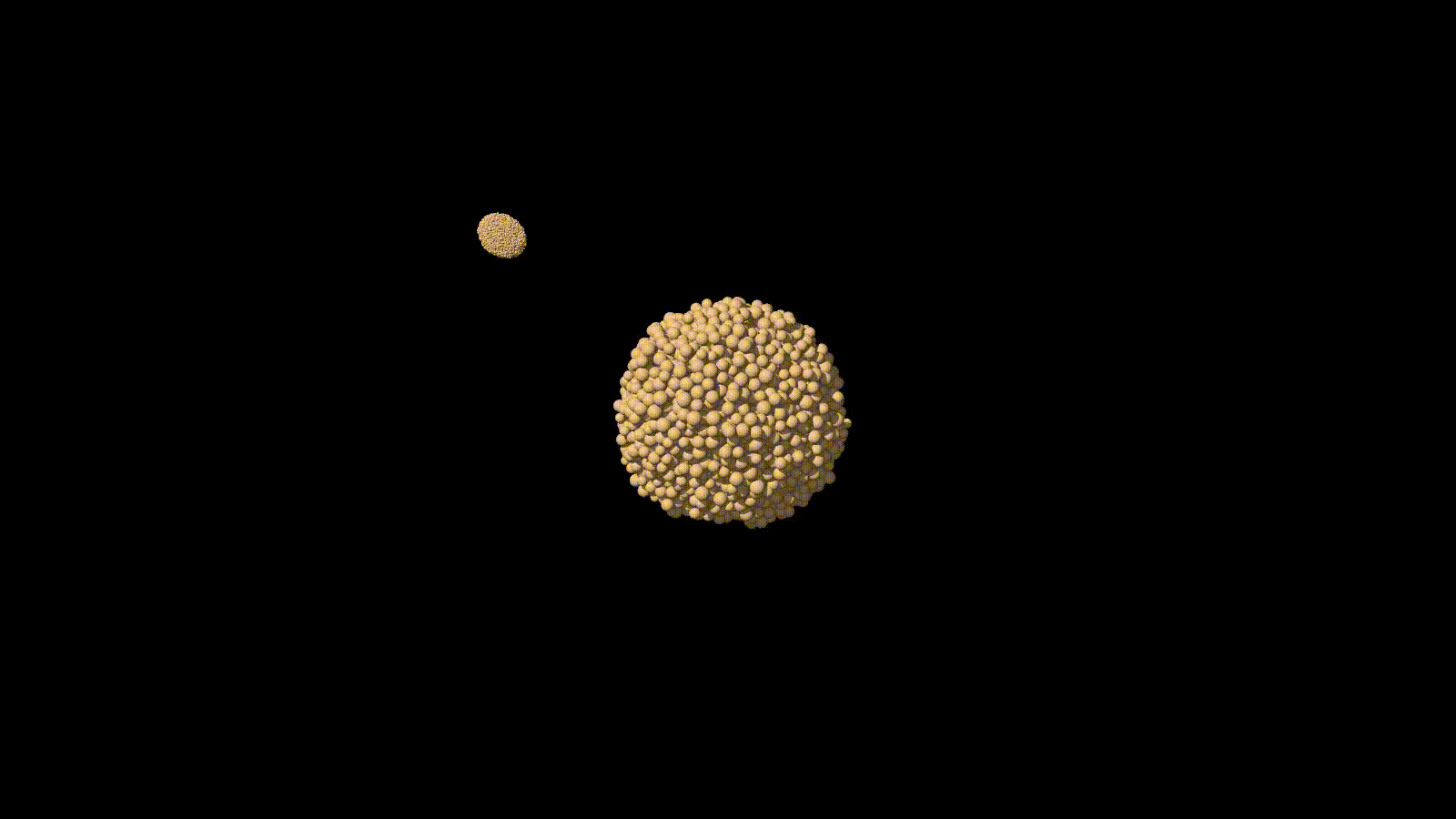Harrison Agrusa

I am an astrophysicist and planetary scientist interested in small bodies, solar system dynamics, impact processes, and scientific computing. Currently, I am a postdoctoral fellow at the Observatoire de la Côte d’Azur in Nice, France, through the Université Côte d’Azur’s Initiative d’Excellence (IdEx). I’m involved in several space missions to small bodies, including ESA’s Hera, NASA’s Lucy, and JAXA’s Hayabusa2# and MMX missions.
I received my Ph.D. from the University of Maryland where most of my research has focused on the dynamics of the binary asteroid Didymos in support of NASA’s Double Asteroid Redirection Test (DART) Mission. Asteroid 2000 KS60 was renamed 28888 Agrusa at the Asteroids, Comets, Meteors meeting in 2023!
You can download my CV here (last updated: June 2025). You can find my Google Scholar profile here and a listing of my publications on NASA ADS here.
Contact
Email: hagrusa@oca.eu
Bluesky: @harrisonagrusa.bsky.social
Gallery
Here is a (seldomly updated) gallery of various movies from numerical simulations.
Formation of small binary asteroids (like the Didymos system) as a result of YORP spin-up:
Formation of satellites around large asteroids from impacts:
An example of Dimorphos’ possible chaotic rotation and its influence on the surface slopes:
An old animation demonstrating the onset of Dimorphos’ tumbling. This is a “real” simulation, but the moments of inertia of Dimorphos and the impulse from the DART impact were set unrealistically to trigger the tumbling motion very quickly, for demonstration purposes:
Here is the first animation of a simulation I ever made, where we simulated the Didymos system using an N-body code called pkdgrav:
